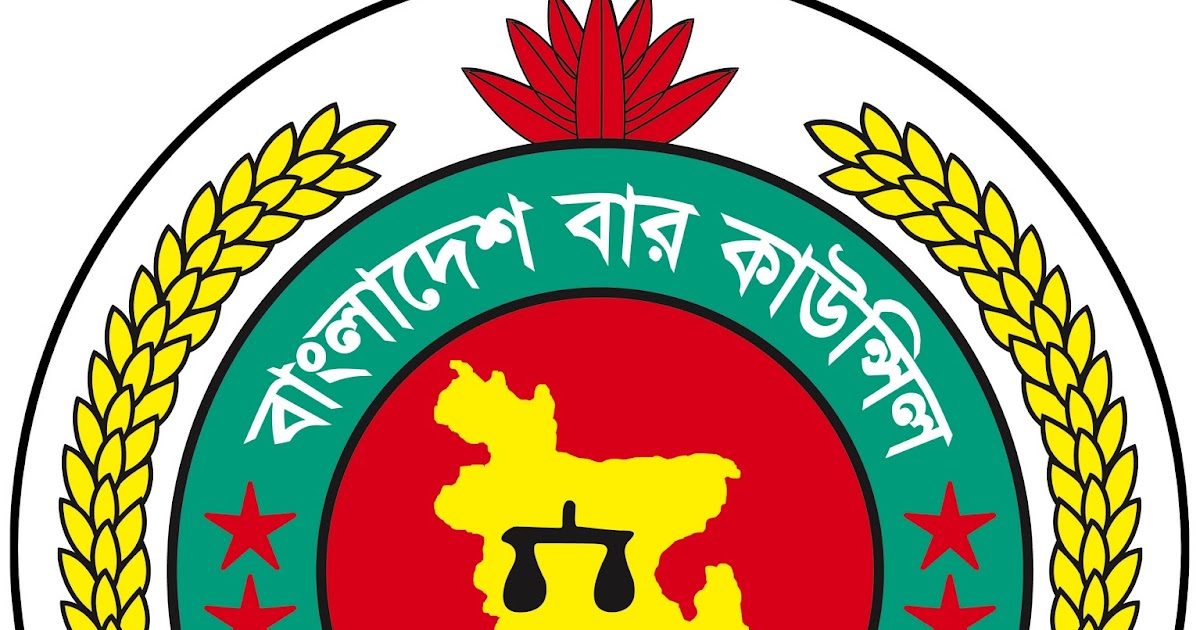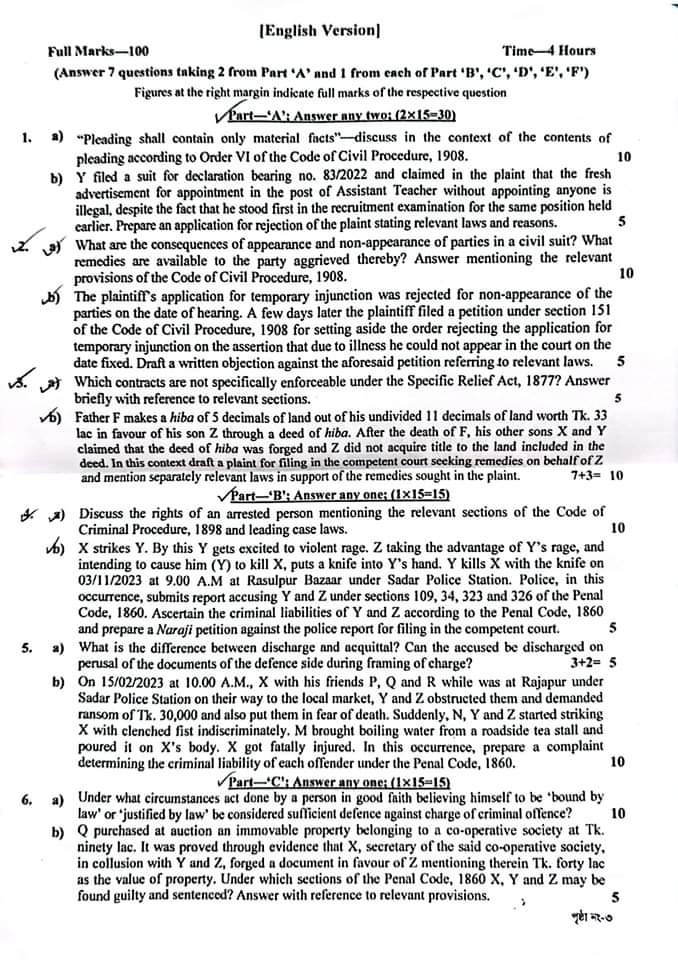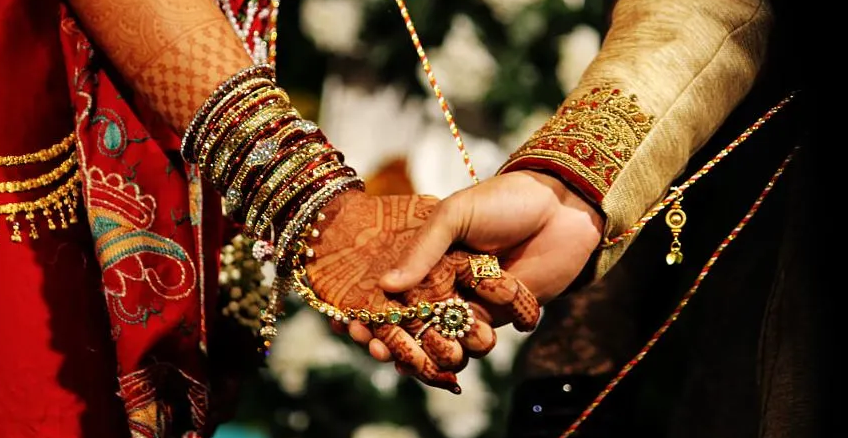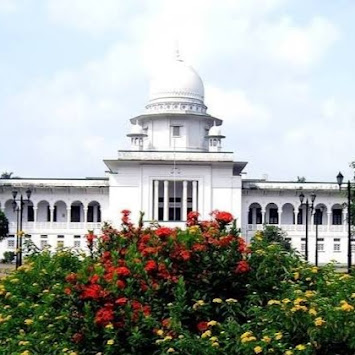Why a human right based model of development is better than the others: Comparisons of Development Models
Introduction:
“Human development and human rights are close enough in motivation and concern to be compatible and congruous, and they are different enough in strategy and design to supplement each other fruitfully.” .......Human Rights Development Report, 2000.
Human rights and development are closely interlinked with each other because a development process cannot be sustained without incorporating the human rights within its ambit. Human rights based model comprises the national and international norms and standards, and enhances the capability of human being to demand justice as a right. It also provides legal mechanism so that in cases of derogation of rights, responsible people can be held liable. So, international agencies and corporations include human right in their development discourse by international declarations and conventions.
In the last few years, there have been growing talks amongst development actors and agencies about a “rights-based approach” to development. But still the model is unclear about its real nature. However, the model demands of rethinking of every sort of development activities. Like United Nations and World Bank, many other international organizations and agencies are supporting this approach of development nowadays. Though Rights Based Model is not free from all sorts of discrepancies, still it is considered to be the most influential initiative in the process of development thoughts.
Development & Human Rights:
We can define ‘development’ as the process of developing or being developed. It means overall development for society and for human being just as pointed out in the UN Declaration on Right to Development, 1986:
“Development is a comprehensive economic, social, cultural and political process, which aims at the population and of all individuals on the basis of their active free and meaningful participation in development and in the fair distribution of benefits resulting therefrom.”
According to Business Dictionary ‘development’ includes;
1. The systematic use of scientific and technical knowledge to meet specific objectives or requirements.
2. An extension of the theoretical or practical aspects of a concept, design, discovery, or invention.
3. The process of economic and social transformation that is based on complex cultural and environmental factors and their interactions.
4. The process of adding improvements to a parcel of land, such as grading, subdivisions, drainage, access, roads, utilities.
Human Rights:
In a single sentence, human right is a right that is believed to belong justifiably to every person. Another definition for human rights is those basic standards without which people cannot live in dignity. To advocate human rights is to demand that the human dignity of all people is respected.[1]
According to article: 1 of the Universal Declaration of Human Rights, 1948:
“All human beings are born free and equal in dignity and rights”
Human rights are rights inherent to all human beings, whatever our nationality, place of residence, sex, national or ethnic origin, colour, religion, language, or any other status. We are all equally entitled to our human rights without discrimination. These rights are all interrelated, interdependent and indivisible.[2]
Human rights and development are inextricably linked. Though, development is subject of political economics and human rights are subject of law, they have the same ultimate objective to improve human well-being and freedom, based on the inherent dignity and equality of all people.
After the end of World War II, discussion of human rights and development evolved i.e. Truman’s Declaration. Whereas development will focus on social welfare and on economic growth, human rights established a universally accepted legal regime of human rights in terms of 'duty bearers' and 'rights holders'.[3] This consensual legal framework is continuously expanding and adapting to protect universal human rights.
We can find out about 5 intersecting points between human rights and development for which we can deem these two are interrelated:
1. Both human rights and development are founded on human dignity.
2. Human person and only human person is the central subject matter of the both.
3. Human person should be the principle beneficiary and active participant to realize the both.
4. Right to development is also universal and inalienable right and an integral part of fundamental human rights.[4]
5. Both human rights and development have the common object of human development.
Development Models:
1. Basic needs model
The approach has been applied in the sphere of development assistance, to determine what a society needs for subsistence, and for poor population groups to raise above the poverty line. Basic needs theory does not focus on investing in economically productive activities. The model is based on the principle that, ‘‘The poorest group of each country should achieve a minimum standard of living within a defined time horizon.” It aims at the protection of basic rights of people in dire need.
2. Economic growth model:
Economic growth model of development is designed to accelerate the growth of economy. It means to achieve a strong economy. This approach has also given emphasis on development of human being as no development can be achieved without addressing needs of greater section of people. So, without developing the capability of people who are the main actors of development no development can be sustainable. Basic human rights are those rights which are necessary for enhancing human’s capability and capacity to the fullest.
3. Good governance model:
Good Governance Model is generally such a proposition as has been used in western legal literature to denote a perfect ambit of management of public affairs by a public authority. It is an updated concept of development. In recent years, the World Bank has been a prolific producer of documentation of discussing governance as a general tool in the international development process. In1992 world bank report entitled, ''Governance and Democracy'', the World Bank set out the definition of good governance. This term is defined as,
‘‘the manner in which power is exercised in the management of a country's social and economic resources for development''
4. Sustainable development model:
Although it is rooted in the past, the modern concept of sustainable development got a new dimension from the 1987 Brundtland Commission Report (the World Commission on Environment and Development). The commission defined sustainable development as:
“development that
meets the needs of the present without compromising the ability of future generations
to meet their own needs”
Subsequently sustainable development was vastly elaborated at the 1992 Earth Summit in Rio de Janeiro by the international community adopting Agenda 21 which indicated an unprecedented global plan of action. It identified three components of sustainable development – social development economic development, and environmental sustainability – as interdependent and mutually reinforcing pillars.
Then, it was vastly elaborated at the 1992 Earth Summit in Rio de Janeiro by the international community adopting Agenda 21 which indicated an unprecedented global plan of action. It identified three components[5] of sustainable development –
i) social development
ii) economic development, and
iii) environmental sustainability .
According to Allen Prescott:[6]
Sustainability is just another way of saying “the good life” as a combination of (a) a high level of human well-being, and (b) the high level of ecosystem well-being that supports it.
This is one of the most well-known models created using the three dimensions -Economy, Environment and Society. The diagram shows three interlocking circles with the triangle of environmental (conservation), economic (growth), and social (equity) dimensions. Sustainable Development is modeled on these three pillars. This model is called ‘three pillars’ or ‘three circles model’. It is based on the norms of the society, but does not explicitly take into account ‘human quality of life’.
It is clear that the focusing point of different definitions is not same but some features which we can have from these definitions. The main features that all the above definitions have (either explicitly or implicitly) are as follows:[7]
ü A desirable human condition: a society that people want to sustain because it meets their needs.
ü An enduring ecosystem condition: an ecosystem that maintains its capacity to support human life and others.
ü A balance between present and future generations; and within the present generation.
Current concept of development involves the continuous growth concerning with human, ecology and social well-being. Since sustainable development concept involves a continuous process, it should have some principles to be followed to maintain the standards emerged from the concept while doing such development process. There are some principles of sustainability which include the followings-
ü Protecting Nature
ü Thinking long-term
ü Understanding systems within which we live
ü Recognizing limits
ü Practicing fairness
ü Embracing creativity
Although these principles are not exhaustive, it indicates a source path to achieve sustainable development. And these principles must be incorporated in a development process depending on some common criteria i.e. alerting a problem, fixing a problem, maintaining clarity and accountability etc.
Considering the principles, we can realize the strong bondage between human rights and sustainable development which cannot be denied. The United Nations declares that it is increasingly recognized that human rights are essential to achieve sustainable development.[8] Conserving environment is as important as diminishing social inequality along with developing economic condition in rural area to maintain sustainability in a development process. These components of sustainable development model are now regarded as human rights in global level and recognized by different international instruments regarding human rights. The linkage of these three components (environment, economy, society) with human rights is now the basis of sustainable development model.
5. Right Based Model:
Rights Based Model to Development iss a model promoted by many development agencies and non-government agencies to achieve a positive transformation power relations among the various development actors. This practice blurs the distinction between human rights and economic development. There are two shareholders groups in rights-based development-the rights holders (who do not experience full rights) and the duty bearers (the institutions obliged to fulfill the holders’ rights). Rights based model aims at strengthening the capacity of duty bearers and empower the rights holders.[9]
According to Mary Robinson:[10]
A rights based approach is a conceptual framework for the process of human development that is normatively based on international human rights standards and operationally directed to promoting and protecting human rights. The rights based approach integrates the norms, standards and principles of international human rights system into the plans, policies and process of development.
A human rights based approach to development hence based on the empowerment of citizens the demand for delivery of the rights and services which they are entitled to, while at the same time developing the capacity of states to fulfill the obligations to protect, respect and promote the rights of their citizens. The strategic use of human rights in development policies is therefore a powerful tool in the strengthening of bottom up and participatory approaches to empower specifically vulnerable groups.
Rights-based approach to development is an approach to development promoted by many development agencies and non-governmental organizations (NGOs) to achieve a positive transformation of power relations among the various development actors. This practice blurs the distinction between human rights and economic development. There are two stakeholder groups in rights-based development—the rights holders (who do not experience full rights) and the duty bearers (the institutions obligated to fulfill the holders' rights). Rights-based approaches aim at strengthening the capacity of duty bearers and empower the rights holders[11]In other words; people are demanding a human rights-based approach to economic policy and development, with the right to development at its center.[12]
Like all human rights, the right to development also contains a specific entitlement—in this case the right “to participate in, contribute to, and enjoy economic, social, cultural and political development”. This basic entitlement, set out with perfect clarity in article 1 of the Declaration, includes a number of constituent elements, enumerated subsequently in the Declaration. Among them are:
ü People-centered development: The Declaration identifies “the human person” as the central subject, participant and beneficiary of development.
ü A human rights-based approach: The Declaration specifically requires that development be carried out in a manner “in which all human rights and fundamental freedoms can be fully realized”.
ü Participation. The Declaration calls for the “active, free and meaningful participation” of people in development.
ü Equity. The Declaration underlines the need for “the fair distribution of the benefits” of development.
ü Non-discrimination. The Declaration permits “no distinction as to race, sex, language or religion”.
ü Self-determination. The Declaration integrates self-determination, including full sovereignty over natural resources, as a constituent element of the right to development.
ü The United Nations Millennium Declaration 8 explicitly places both human rights commitments and development goals at the centre of the international agenda for the new millennium. Millennium Development Goals by 2015 are[13]
Comparison of Basic Needs Model with Right Based Model:
Basic Needs Model (BNM) differs from Rights Based Model (RBM) in the following ways:
|
BNM |
RBM |
|
Focuses on in input and not outcome |
Focuses on process and outcome |
|
Emphasizes on meeting the needs of citizens |
Emphasizes on realizing human rights |
|
Recognizes needs as valid claims |
Recognizes individual and groups rights as claim towards legal and moral duty bearers |
|
Individual is object of development intervention |
Individual and groups are empowered to claim their rights during development process |
|
Individual deserves assistance from the state |
Individual is entitled to assistance from the state |
|
Puts importance on the immediate causes of problems |
Puts importance on structural causes of problems and their manifestation |
Comparison of Good Governance Model with Right Based Model:
|
Good Governance Model |
Right Based Model |
|
It pivots on economic growth rather than human rights |
It pivots basically on human rights |
|
Emphasizing transparency, responsibility, accountability before ensuring human rights |
After emphasizing human rights it ensures sustainable development |
|
It concerns more on commercial amelioration than constructive improvement |
It concerns more on constructive improvement of human rights based development |
|
Resulting economic progress |
Resulting sustainable development |
Comparison of Sustainable Development Model with Right Based Model:
To differentiate between “Human Rights Based Model” and “Sustainable Development Model” cannot usually be justified because of their inseparable relation. Sometimes human rights based approach is termed as the “Sustainable Human Development” which reflects the innate relationship between these two. Although it is difficult to compare, the better position of rights based model than the other may be identified by below mentioned points:
§ The term “Rights Based Approach to Development” firstly requires the realization of human rights then the sustainability of the development process. Here the advanced position of Human Rights Based Model is reflected.
§ The “Rights Based Model” includes all kinds of rights (civil, political, social, economic and cultural) which are morally and legally recognized as human rights but the later one covers a limited area like social and economic rights and right to a healthy environment.
§ The “Rights Based Model” defines government obligations deriving from international human rights law and procedures but the position of the other in this regard is lighter.
Advantages of Right Based Model:
Development approach is not possible without human being and therefore their demands i.e. realization of human rights is the first and foremost to ensure any sort of development either in society or in academic fields. We can remember here the saying of Martine Luther King, “Injustice anywhere is a threat to justice everywhere”. It indicates the necessity of establishing justice i.e. protection of our rights is the only way to ensure justice and peace in our society.
Right based model got huge acceptability because of taking human face and human rights at its center. Principle positive arguments of this model are;
- A Rights Based Model can provide the conceptual link to bring local, national, and international issues within the same frame of legal judgment.
- A general expression of right can be interpreted creatively as issues can context change.
- It adds human face to development thinking.
- A rights based model removes arbitrariness from development process.
- It saves mankind from curse of ‘pure market oriented mathematics.
- It helps to avoid economic discrimination Market oriented economic system.
Criticism of Right Based Model:
Although the rights based model is deemed to be the best acceptable model to realize human rights through development process, it has been criticized for several causes. The below mentioned causes are some of them:
1. It is not clear to what extent a simple right may address the complex and often technical issues of development activities.
2. A RBM may not address the relationships of political economy which underlie much developmental damage.
3. Rights, specially the political rights may be used by the affluent groups to protect a privileged quality of life which may impose further developmental costs upon the dispossessed or vulnerable communities who are in turn denied access to justice by poverty or lack of institutional skills.
4. The expansion of human rights based litigation may displace other forms of legal remedy (such as a right petition).
5. The language of human rights may politicize and draw attention to developmental claims in way that may attract more overt opposition from government repression.
Ending:
“Our mission, on the other hand, is to promote the realization of all human rights - including the right to development - as human rights.”
-NaviPillay, High Commissioner for Human Rights
It is very important for any organization or institution to seek an approach to development and keep peace and wellbeing of human irrespective of their religion, status, qualification and complexion. For which right based model can be the most effective one.
[1]https://www1.umn.edu/humanrts/edumat/hreduseries/hereandnow/Part-1/whatare.htm
[2] United Nations Human Rights Website, cover page, retrieved 12 February 2016 [http://www.ohchr.org/EN/Issues/Pages/WhatareHumanRights.aspx]
[3]http://www.eidhr.eu/democracy-human-rights-development
[4] Article 1, Declaration on the RTD, 1986; Article 10, UDHR, 1948
[5]A Background Paper World Summit on Sustainable Development Johannesburg, 26 August – 4 September, 2002. P.3.
[6]Allen Prescott, founder and chairman several influential IUCN-The World Conservation Union projects
[7]CEE, Internship Series, Volume-1: Sustainable Development:An Introduction, project team: Madhavi Joshi, ShailajaRavindranath, Gopal Kumar Jain and Keren Nazareth, P:9
[8]Human Rights and the 2030 Agenda for Sustainable Development, United Nations Human Rights Office of the High Commissioner, page name: Sustainable Development Goals/ www.ohchr.org
[9]12 Genitung, 2009, p.1
[10]A voice for human rights, University of Pennsylvenia press, 2006.p:3.3
[11]Gneiting, Uwe; Bruno-Van Vijfeijken, Tosca; Schmitz, Hans Peter (2009). "Setting Higher Goals: Rights and Development
[12]NaviPillay, High Commissioner for Human Rights, collected from home page of UN’s Human Rights Website
[13] Background page, United Nations Millennium Development Goals website, retrieved 20 February 2016






